A quiet Wichita Falls neighborhood was once party central for the rich and famous
- Oops!Something went wrong.Please try again later.
It’s a quiet neighborhood. Cozy homes on leafy streets tucked away from the world. Nothing extraordinary. You could whiz by without even noticing.
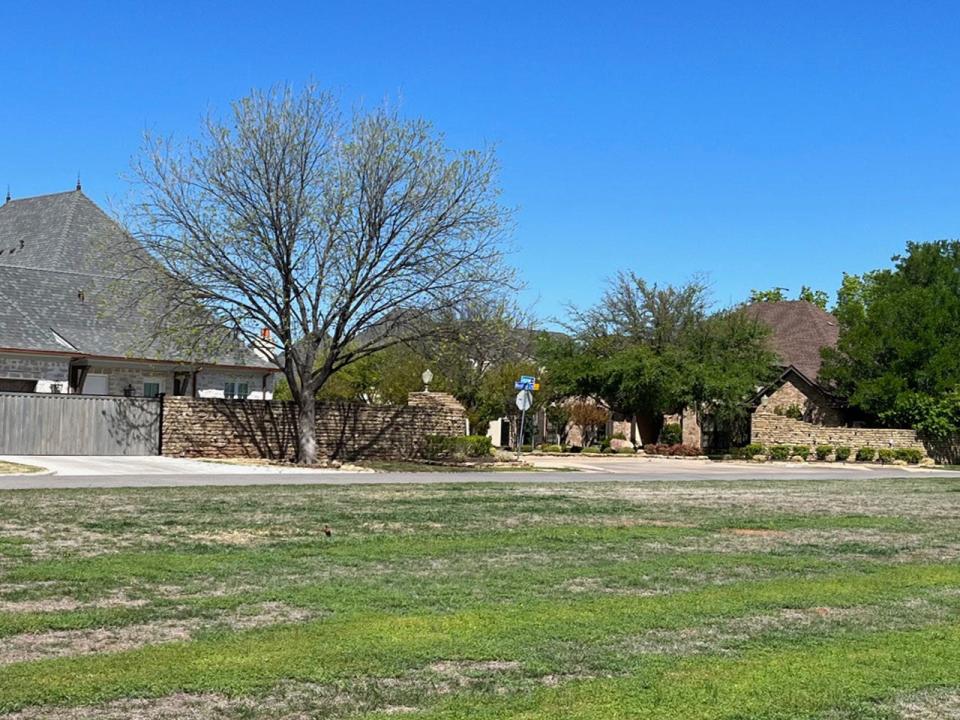
Back in the Eisenhower era, comfortable homes were built just off a street charmingly named Pocahontas Trail. We call it Midwestern Parkway now.
Slow down as you pass the country club and look to the south. You’ll see a little street named Sarasue. Take it for one long block and you’ll come to a gateway into a hollow of noble homes on one side and a park-like expanse on the other.
You’re at 100 Sarasue Lane – or at least where it used to be. The address no longer exists.
If you close your eyes and let your imagination travel back in time you might hear laughter and the tinkle of ice in glasses. The sound of marimbas and maracas.
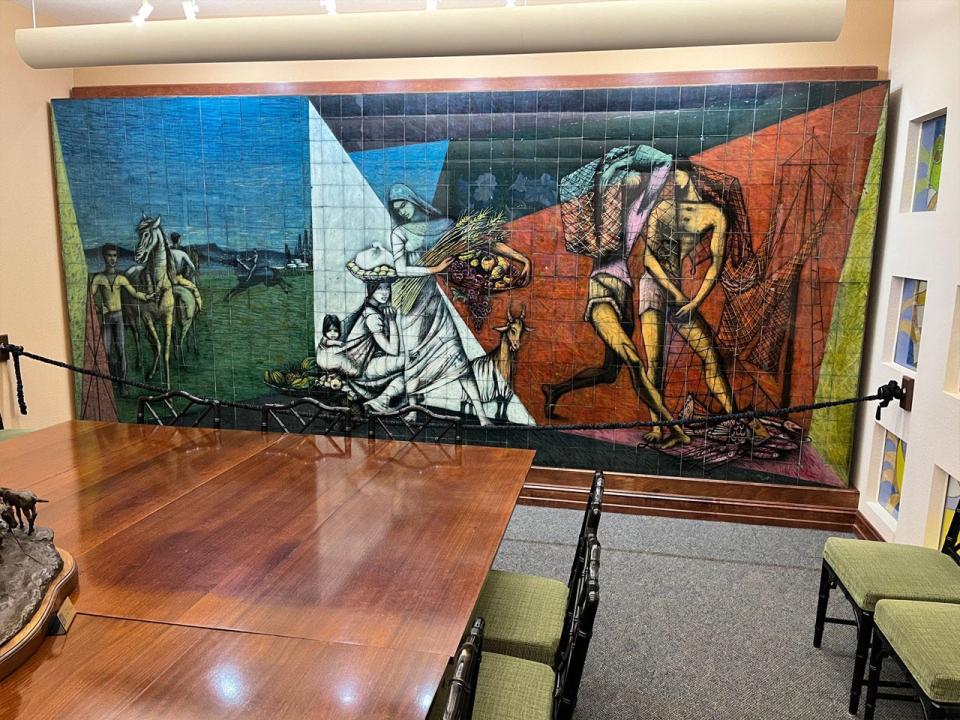
A house like no other
The house you see is like no other in Wichita Falls. It’s huge. It rambles across the landscape.
Let your imagination peek inside. Don’t worry. You probably won’t be noticed because so many people are there. Maybe 100? No, closer to 200 – or maybe 400!
The front room goes on forever, plenty large enough for the band. The grinning bandleader looks like Xavier Cugat! Why, it is the mambo king himself! Who were his wives? Abbe Lane from the movies and Charro -- who always made Johnny Carson laugh.
Cha-cha-cha!
The curly-haired fellow at the piano is pretty good. In fact, he’s the best in the world. That’s Van Cliburn!
The tall guy with a glass of bourbon and branch water in his hand looks familiar. Surely that’s not Lyndon B. Johnson! I’ll be --it is!
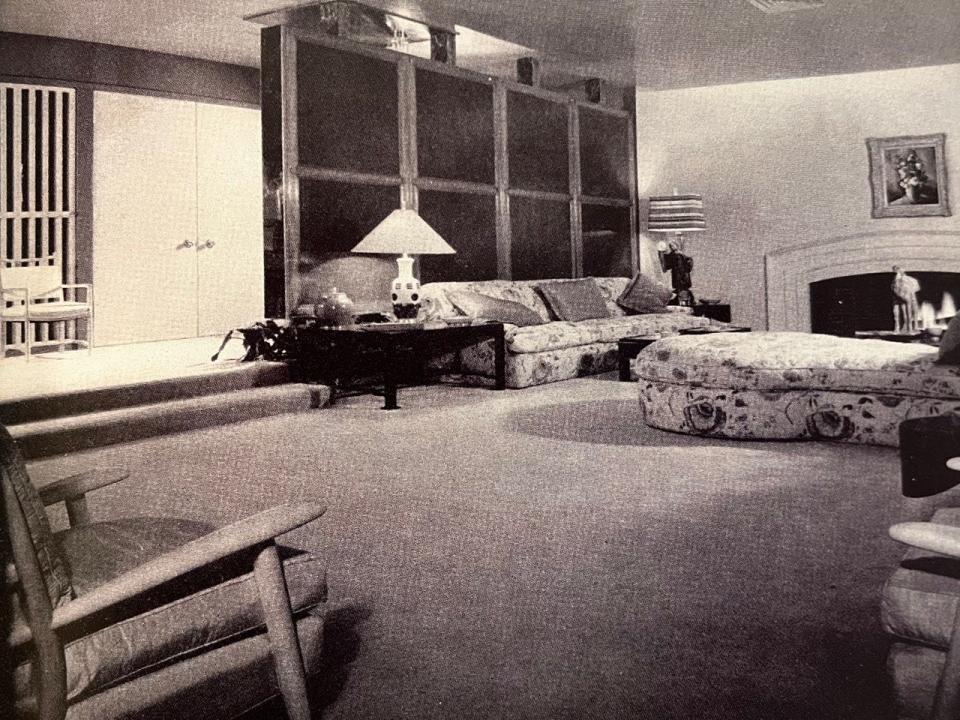
This is exciting! This calls for a drink!
“Whoa, take ‘er easy there, pilgrim! Just grab you a glass and stick it under the fountain in the middle of the room. That’s champagne comin’ down.”
That can’t be the Duke! John Wayne right here in the Falls? Can’t be!
It was.
A time when stars descended on Wichita Falls
There was a time when the stars descended from Hollywood and the rich, famous and powerful converged on the grandest party house of them all.
Charles Peevey McGaha was born in Texas, raised in Oklahoma, and got a degree in geology just in time for the oil boom of the 1920s. He struck it rich in the oilfields of Wichita and Archer counties and beyond. He expanded into other business interests, served for many years as president of City National Bank, became a generous philanthropist and local social luminary.
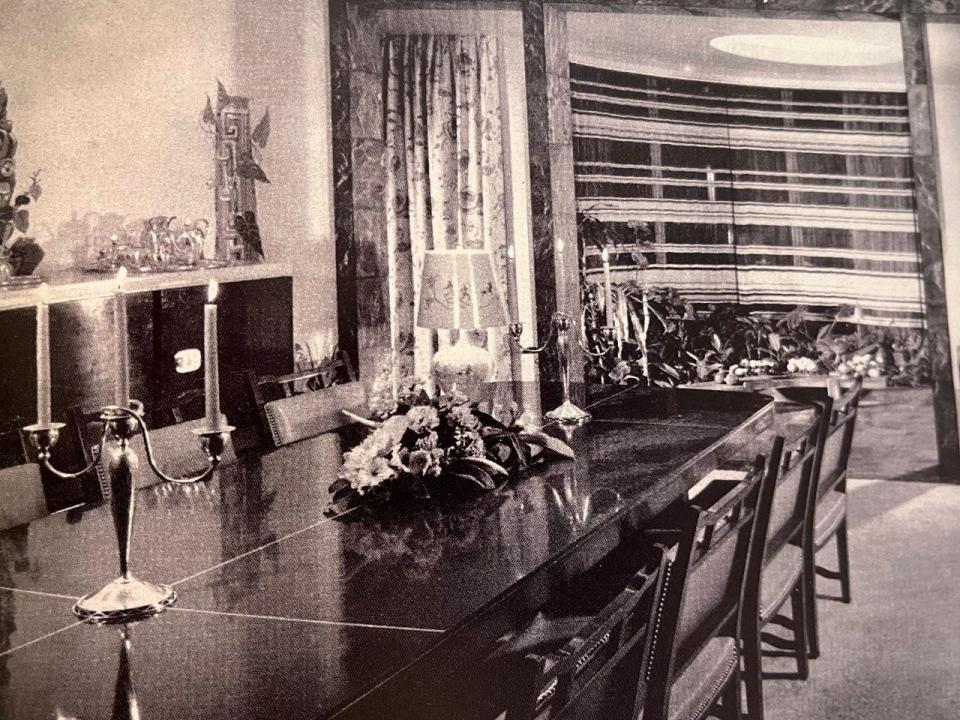
He bought a large tract of land on what was then the southern edge of Wichita Falls, donated part of it for the elementary school that bore his name (now Wichita Christian School), and sold much of it for what is now the Southmoor housing addition.
He kept 10 acres for his own house. Not just any house, though. It would be a home that would bedazzle the nation.
Work began in summer 1949, on the newly-paved street named after McGaha’s daughters – Sara and Sue. It would cost a whopping $100,000, which is about $1.3 million in today’s dollars. At 10,000 square feet, it would be one of the biggest – if not the biggest – of the oil baron mansions in town.
It would not look like other houses. No, Hollywood was coming to the Falls by way of renowned architect Paul Lazslo. He would create the California ranch style stucco with four bedrooms, three baths, a living room, two sitting rooms, a playroom, dining room, kitchen, halls, porches and a flower room.
That was the main part.
One wing would have a guest bedroom, a sitting room, bath, dressing room and shower room. Another wing was for the vehicles and servants. Floors were in a variety of Virginia green stone, carpet and cork. Structural glass would decorate the walls and the drapes would be handpainted. The horseshoe-shaped pool would be 65 feet long.
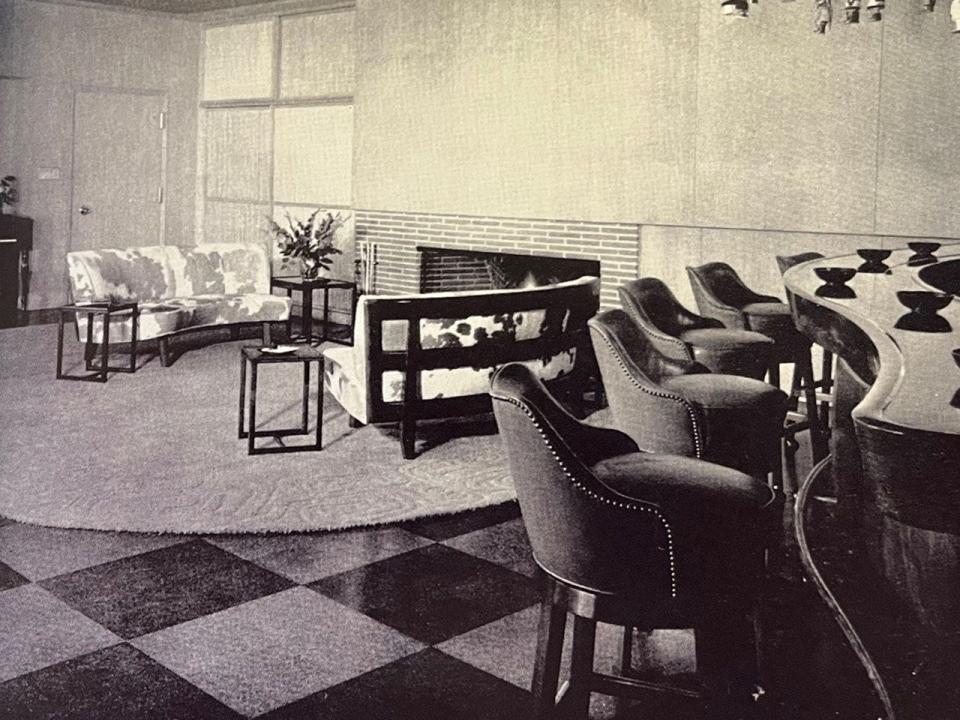
Architectural marvel
The Wichita Daily Times covered the construction board by board and tile by tile. When it was complete, social columnists gushed over every luncheon, dinner and reception.
McGaha had seven bars in the house to serve the 2,000 close friends he hosted for the grand opening.
It was featured in Architectural Digest. Time Magazine covered the McGaha estate in an article called “Rich Man’s Architect.”
At one “South Pacific party,” the house was adorned with Spanish moss swaying from palm and banana trees. A gold treasure chest in the pool spilled out precious jewels and luminaries glowed on an artificially fogged path from the house to a “lagoon” where a fully rigged fishing ship was anchored. Guests could dance on the “upper terrace” to the music of a New York orchestra.
Texas governors chatted with Oklahoma governors over drinks. Legendary U.S. House Speaker Sam Rayburn stopped by. David Rockefeller (yes, one of those Rockefellers) dropped in. Movie star Dick Powell arrived in the city via B23 bomber for lunch with the McGahas. Edgar Bergen, the ventriloquist, entertained. So did Gene Autry. Jack Dempsey, the heavyweight champion, showed off some moves. Money moguls Perry Bass and Sid Richardson came by to talk business. Tom Braniff shared his thoughts on the airline business and Enid Justin showed off her boots.
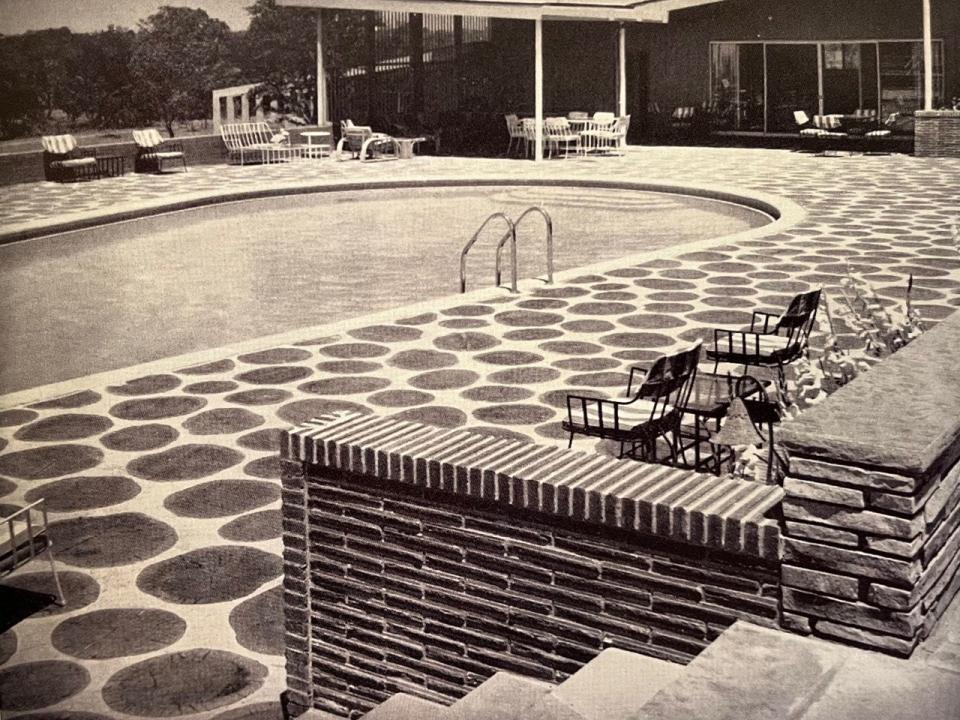
And the list goes on.
For decades, a virtual Who’s Who of society from Wichita Falls and beyond trooped through the rambling rooms. Names on the guest lists reflected those of every street, park, building and school in town. It was the place to see and be seen. If you had a reception in your honor at the McGaha house, well – you had made it!
House built for entertaining
It might have seemed like it would go on forever – but it didn’t.
McGaha died in 1973 at age 76. His wife, Ruth, moved to Houston but remained active in local business and charitable activities until her death in 2006. His son and two daughters also left Wichita Falls. They’re all gone now.
The sprawling house sat vacant and neglected for years. A few prospective buyers looked at it but decided the old rambler would cost too much to fix. Developer John Hirschi bought it.
“It was built as a party house. A place to entertain. And, really, by today’s standards, it’s not a very attractive house,” he said.
The McGaha house was demolished in 1997. Its site is now home to an enclave of stately homes clustered about a trickling creek, quietly obscured from the rest of the world.
At 100 Sarasue Lane where orchestras once played, champagne once flowed from fountains and the rich and famous danced the nights away, the most excitement now is a blue jay chasing a squirrel across a tree-shaded street.
This article originally appeared on Wichita Falls Times Record News: A quiet Wichita Falls neighborhood was once party central for the rich and famous

